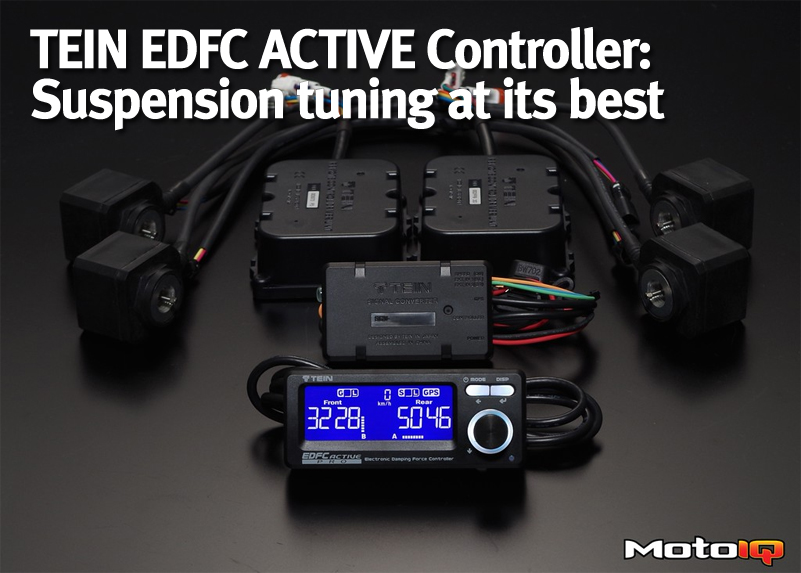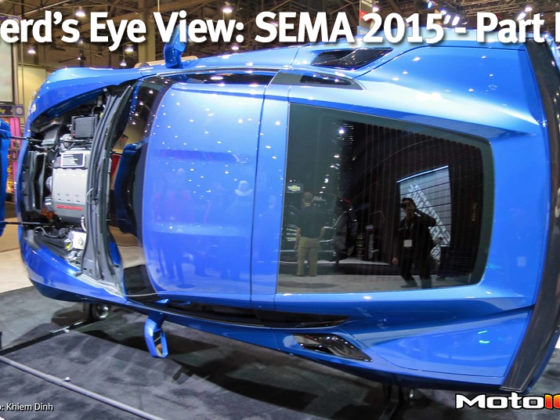,

Here’s a size comparison to show you. In order to effectively mount the original EDFC so that the display faces the driver, you needed to find a location with enough depth for installation. It wouldn’t fit in this center console because there’s no room to see the display. With the new EDFC ACTIVE, however, there’s plenty of room.

The display unit can read out anything from vehicular speed (with max hold function), to G-Force, altitude, longitude, to even a synchronized clock; and it can display these values as the main units if desired. In this picture, we’re just showing you the front and rear settings. If we're to assume a setting ranging from 0 (stiff) to 32 (soft), it appears the car at this moment is to a medium front and rear stiffness. If we're assuming 16 total units, then we're looking at the softer end of that scale.
The little dots represent G-force, and can be programmed to show a full-scale 0.3G or 1.0G (the computer will make adjustments for up to a registered 2 G’s, however). So, by looking at the display above, it appears we’re seeing what appears to be at least 1.0G of braking. That’s because while the vehicle is currently inoperable (the car is down because we sent out our PTE CEA 6766 dual ball bearing turbo in efforts to test a newer one the company released!), we also moved the display unit from the front of the car to the center console. However, we haven’t had a chance to calibrate the G-load direction because the vehicle has to be in motion. So now that the unit is essentially laying down when compared to being installed right-side-up at the front of the cockpit, the EDFC thinks the car is under heavy braking.

If I tilt the unit slightly, it starts to see lateral G’s to the left. Any dots above the “A” represent acceleration G’s, while G Forces to the right would show up to the right of the “A”.

TEIN has came up with simple images to explain how the EDFC ACTIVE'S different features operate. For instance, this is what tuning in the G-Arrange (G-Force) mode could look like. From a set point (in this case “0”), the car can be tuned to harden—and more so in the front than in the rear—as braking G’s increases (this can be reversed if the user so desires it). On the flip side, as the G-forces increase for acceleration, the rear stiffens up a little more than the front. There's another version called the G-linear mode, which would look similar, only the shocks would adjust more linear in fashion for a smoother transition between stifness levels.

If you’re just tuning for vehicle speed, it could look something like this. While starting from a dead stop, and the suspension at full soft, the shocks get stiffer and stiffer as the vehicle speed climbs. You can set up to ten preset channels in increments of 5 MPH, or you can simply have it increase linearly.




1 comment
I think this is amazing why do you think its not popular? No one ever talks about it .